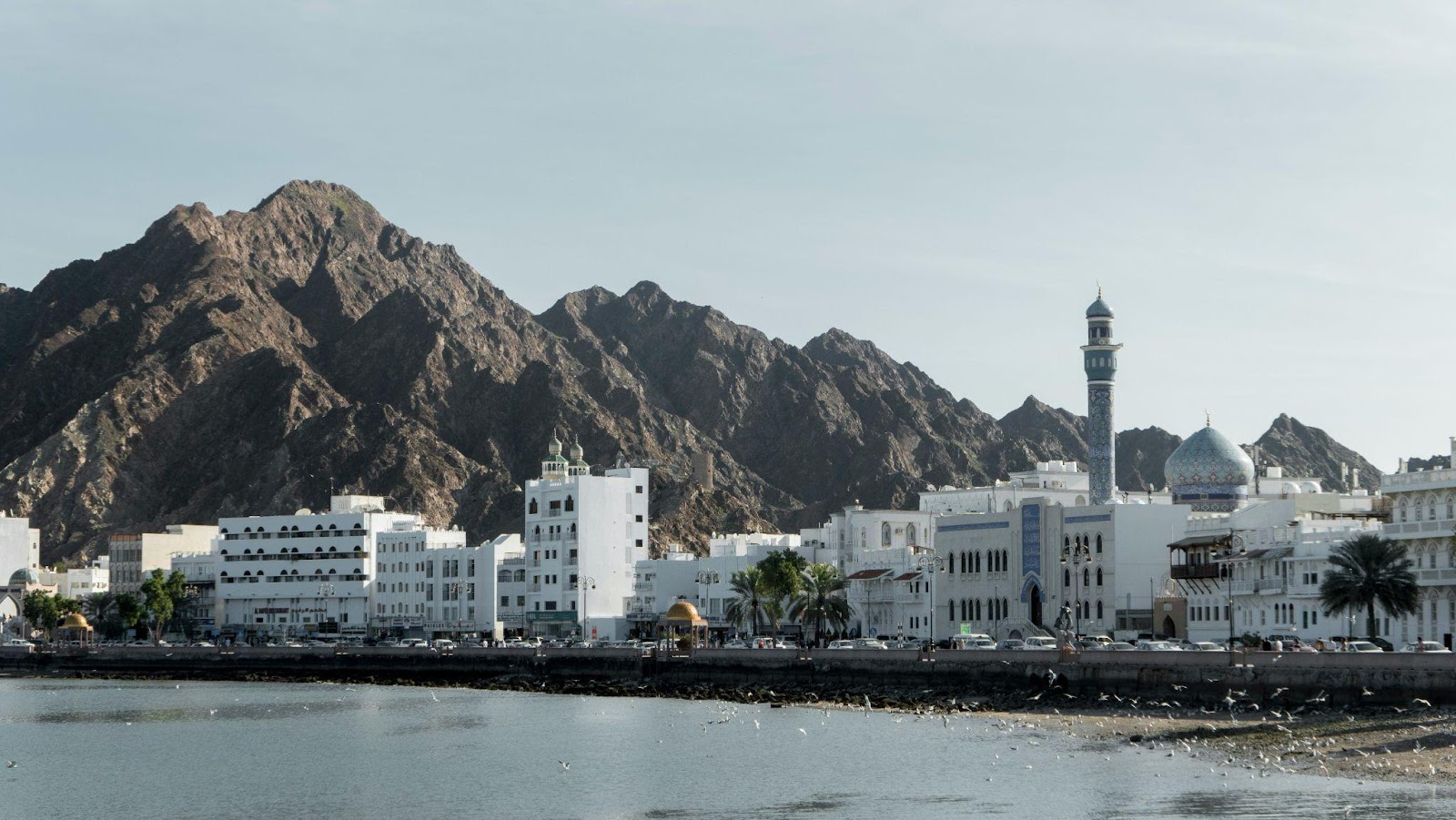Comments
- No comments found

The Sultanate of Oman embodies the grace and genuineness of Arabia and is a hidden jewel in the Middle East.
It is a land with breathtaking scenery, abundant natural resources, friendly locals with an interesting and antiquated way of life, and rich Omani history.

If you want to learn about Oman’s history, it is time to head to Muscat, the capital city, via Salam Air booking from your city, whether it is in Asia, the Middle East, or Africa. There are travel websites that offer the lowest-priced ticket or cheap last-minute deals to help you fly on board the Salam Air flight.
Muscat, which is located in the Gulf of Oman, has a rich history as a trading port connecting East and West. The city is influenced culturally as it has been ruled by various empires during different periods, which included the Portuguese, Persian, and Ottoman empires. You can truly get a sense of Omani life when you interact with people and experience their culture in real life.
Being the oldest sovereign state in the Middle East, the Omani Empire spanned the east coast of Africa by the 18th century.
Archaeological findings reported an industrial presence in the vicinity of Aybut Al Auwal about 100,000 years ago. Al Wattih, one of the oldest inhabited cities in the world, is situated in Oman and it was 10,000 years ago.
Oman was ruled by Babylonians, Assyrians, and Persians before the following of Islam in the 7th century. Their purpose in taking over Oman was to take advantage of its strategic location for global trade.
Oman started following the Islam religion freely when it started spreading in the Arabian Peninsula during the 7th century. Over the ensuing centuries, several imamates, dynasties, and foreign forces shared control over Oman. The Nabhani dynasty took control of Oman in 1154 and continued to do so until 1470.
Portugal ruled the area surrounding Muscat from 1507 to 1650 as a result of Oman's strategic location on trade routes leading to the east. Furthermore, Oman was also under Ottoman rule from 1581 until 1888. Nevertheless, neither the Portuguese nor the Ottomans had complete control over Oman. The Portuguese were driven out of Muscat by Omani tribes led by the Imam by the middle of the 17th century.
Saif bin Sultan, the Imam of Oman, started an expansionist movement along Africa's east coast in the late 17th century. After driving the Persian invaders out of Oman in 1737, the present Al Said dynasty took control in 1749. Oman's marine trade enabled it to grow into a significant regional trading force.

It is hard to imagine that when you look around the major cities of Oman, Muscat, and other major Omani cities, the Sultanate had only limited infrastructure fifty years ago. Under the leadership of the late Sultan Qaboos bin Said, Oman experienced a renaissance from 1970 until the present. In addition to outlawing slavery, he used oil money to construct a wide range of contemporary infrastructure, such as ports, highways, and a communications network.
Oman, led by His Majesty Sultan Haitham bin Tarik, is currently concentrating on expanding its economic diversification and constructing for the future. The Sultanate's human, technological, and economic potential is to be unlocked by the Vision 2040 project to build a more sustainable, prosperous, and safer future for all Omani citizens.
Oman's economy is still in transition, even though it is indeed not a rentier economy right now or ever. The reliance on fuel doesn't go away. Over Oman's lengthy history, three main economic themes have emerged: subsistence farming, subsistence fishing, and the creation of riches through international ventures.
Before oil, Oman had few resources, which prevented the country from truly generating prosperity and placed severe limits on the number of people that could live there. There are many reasons to consider how Oman's past has shaped and still shapes its present and future. Although Oman's economic and political history underwent a radical change in 1970, more than a millennium of historical continuity persisted.
Leave your comments
Post comment as a guest